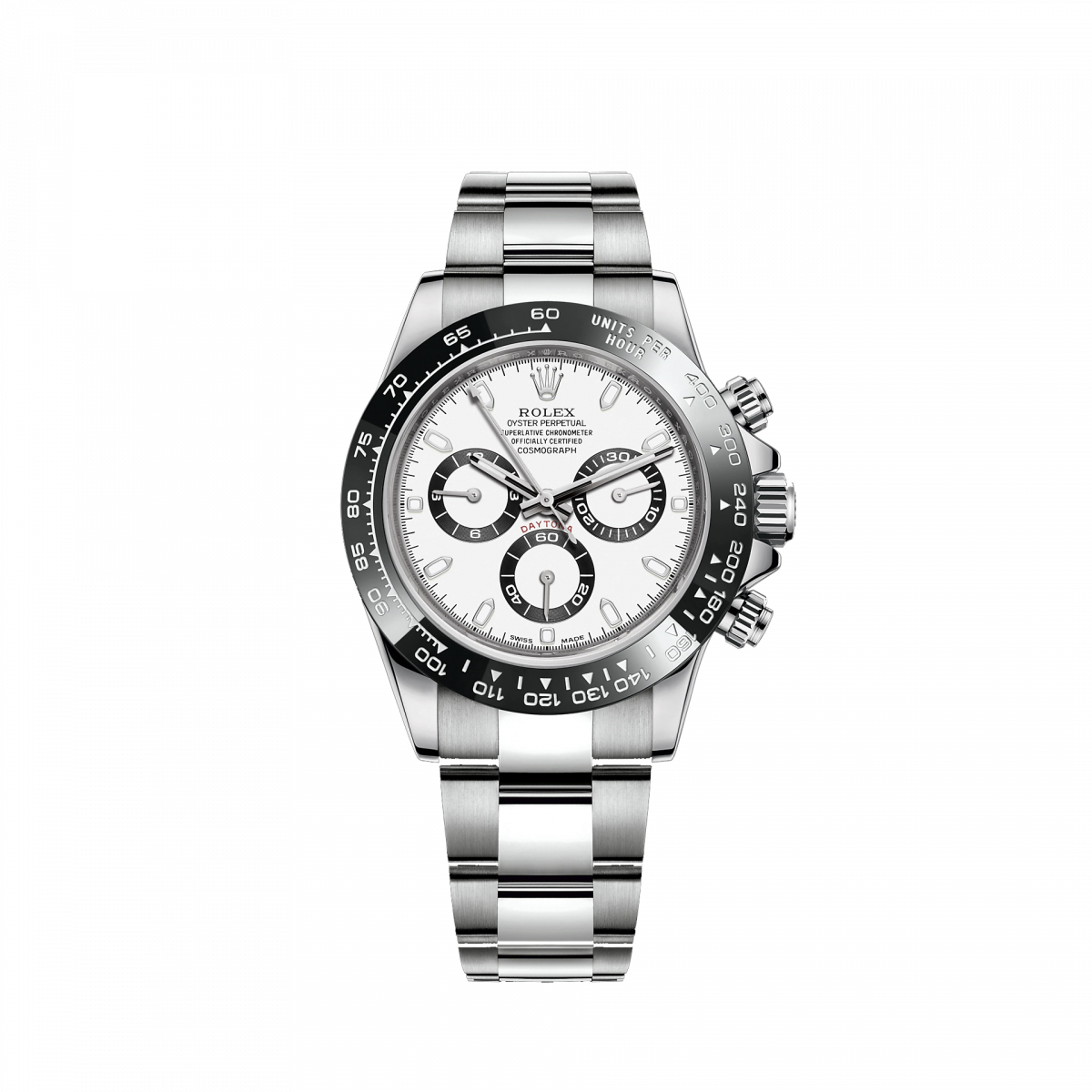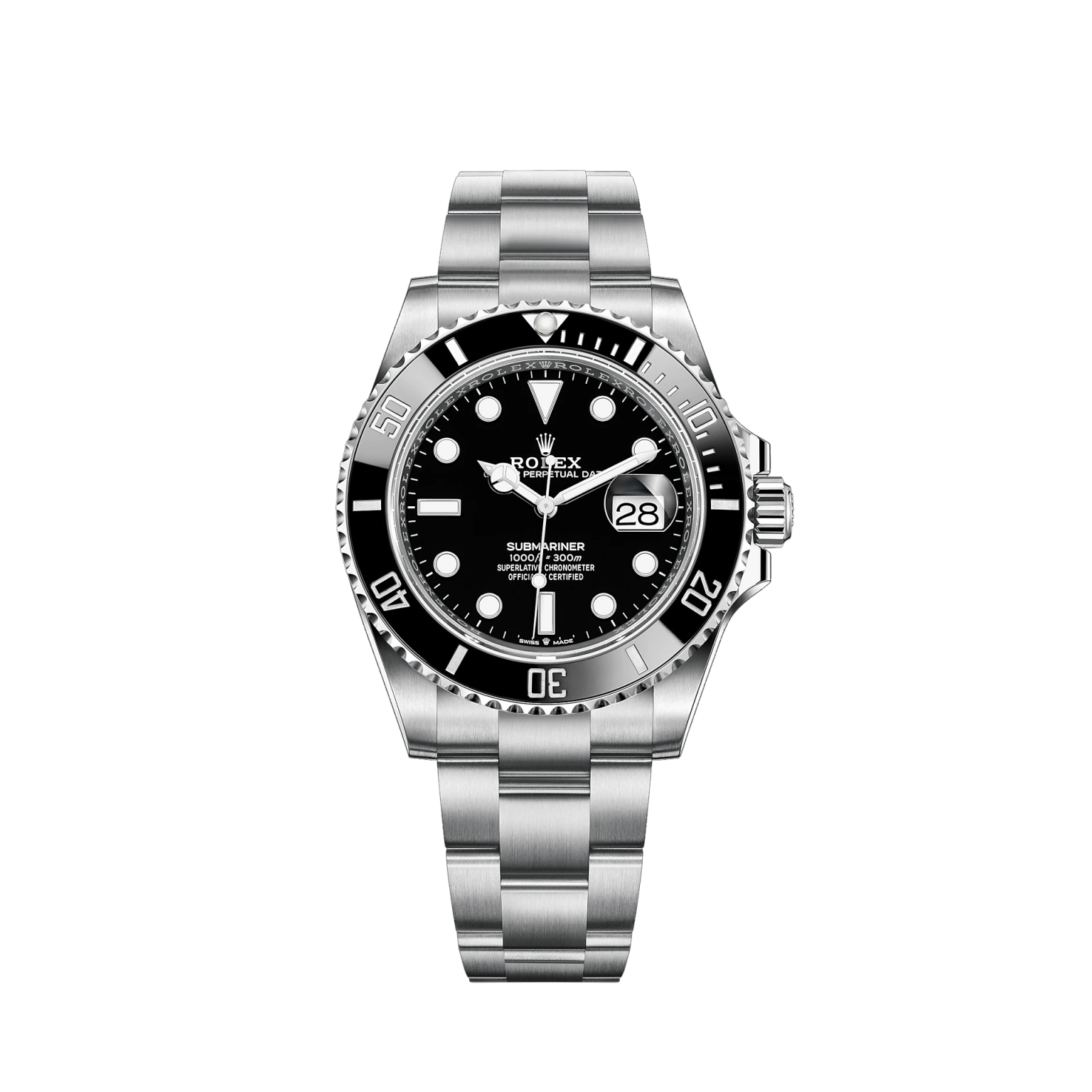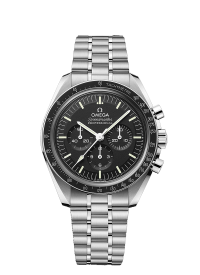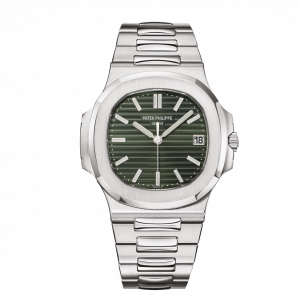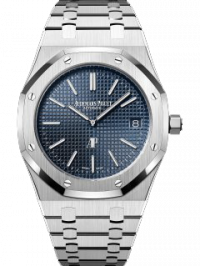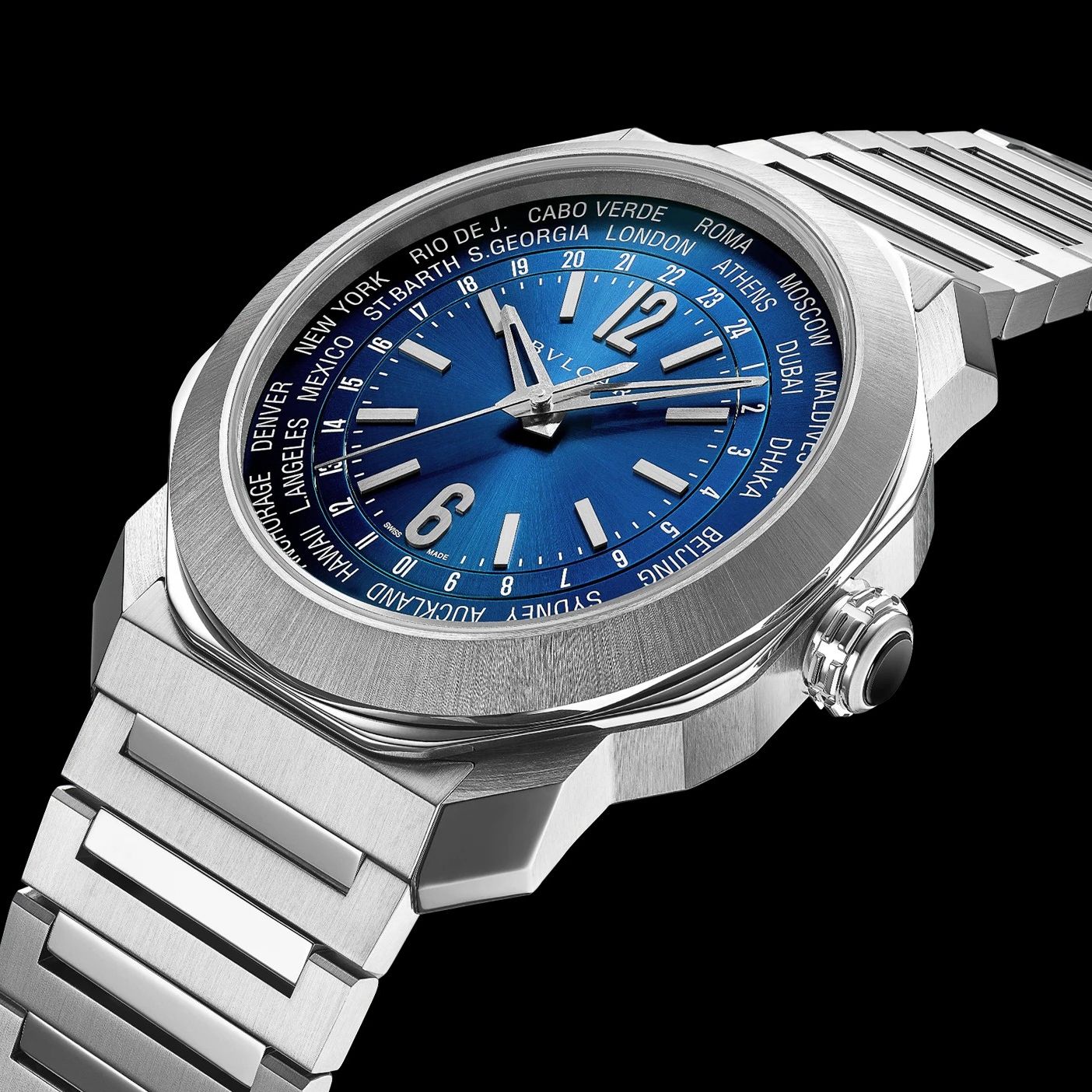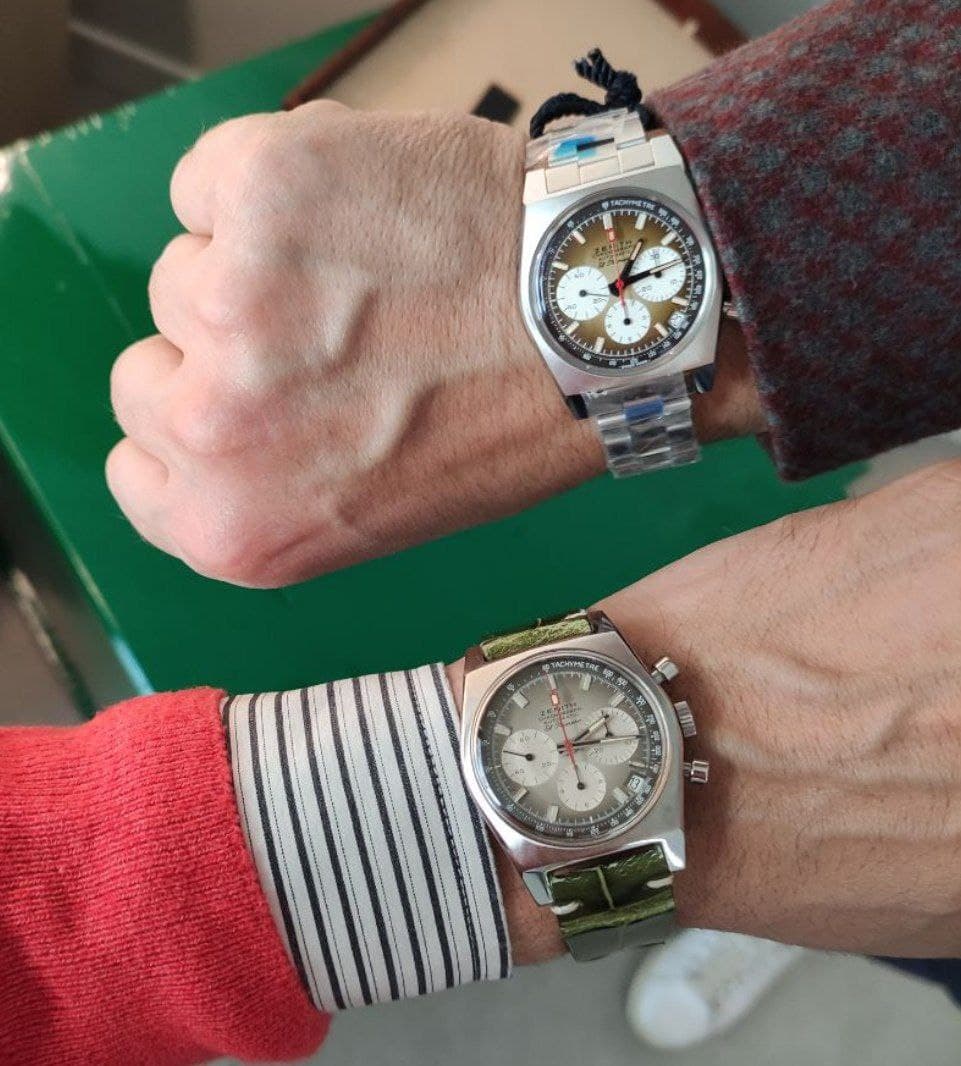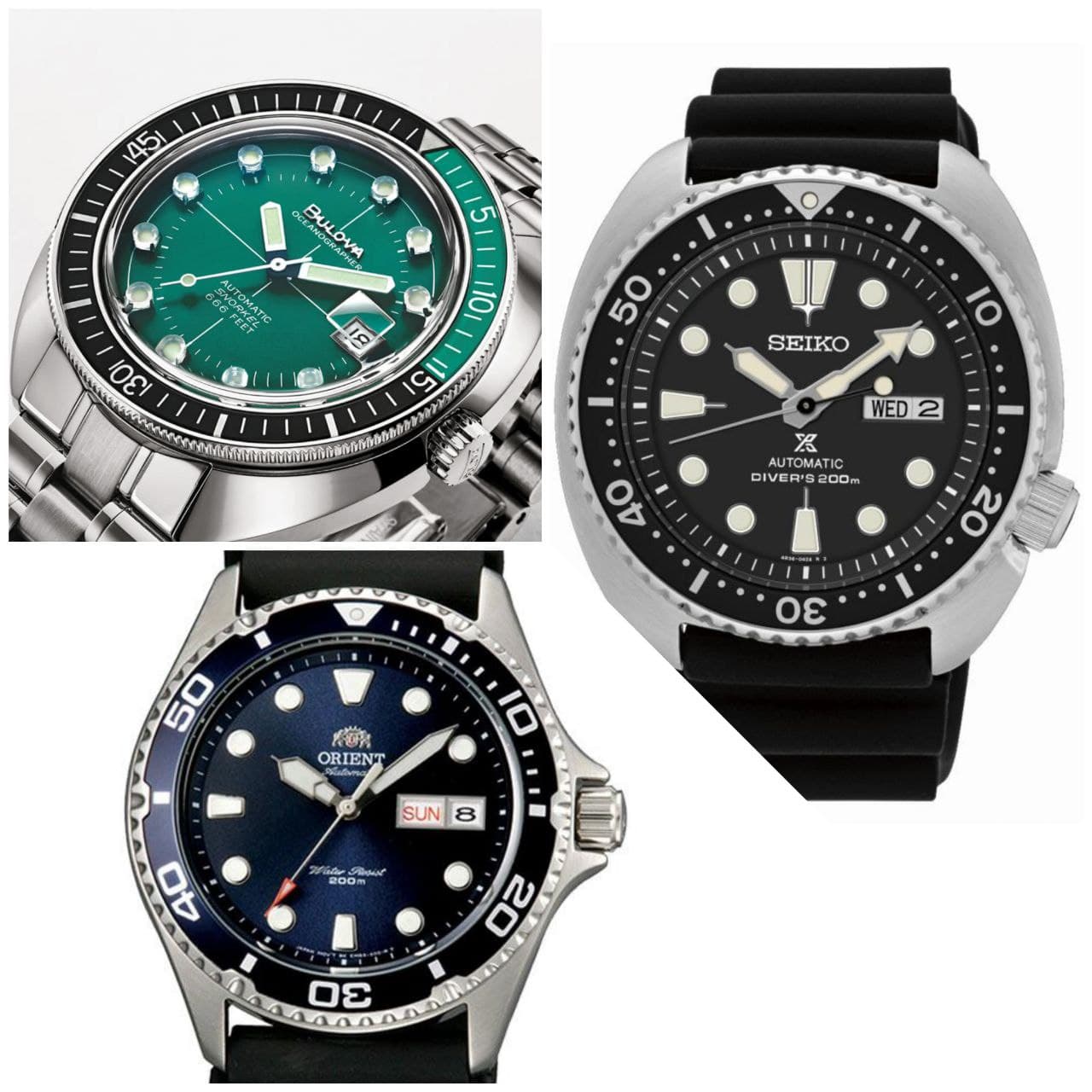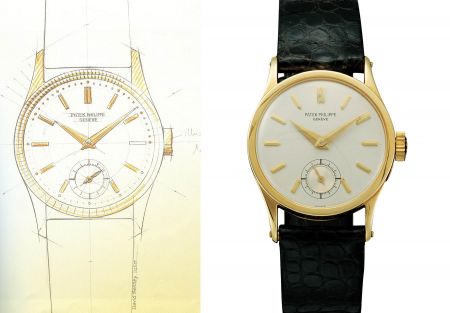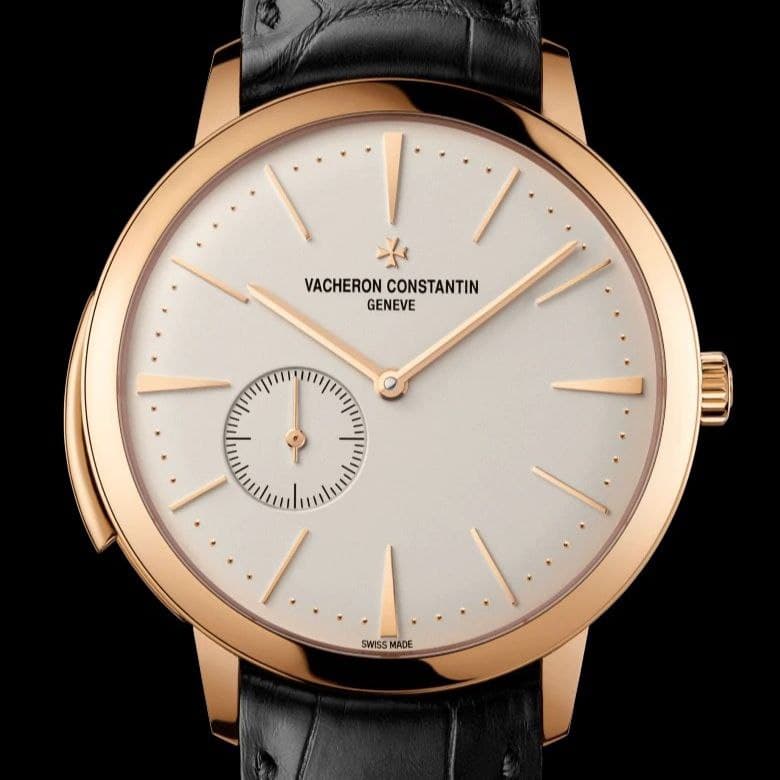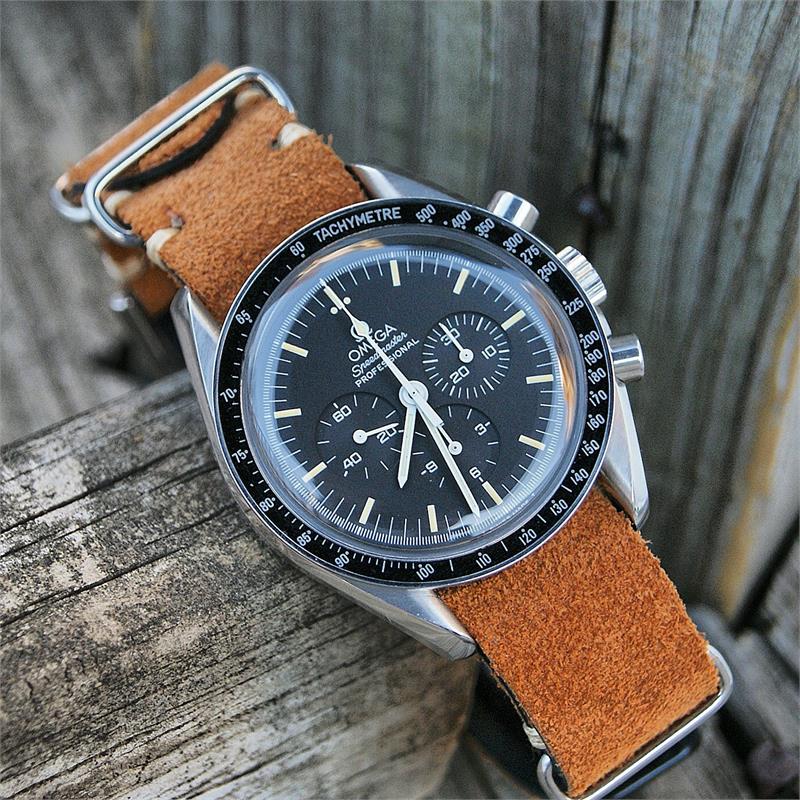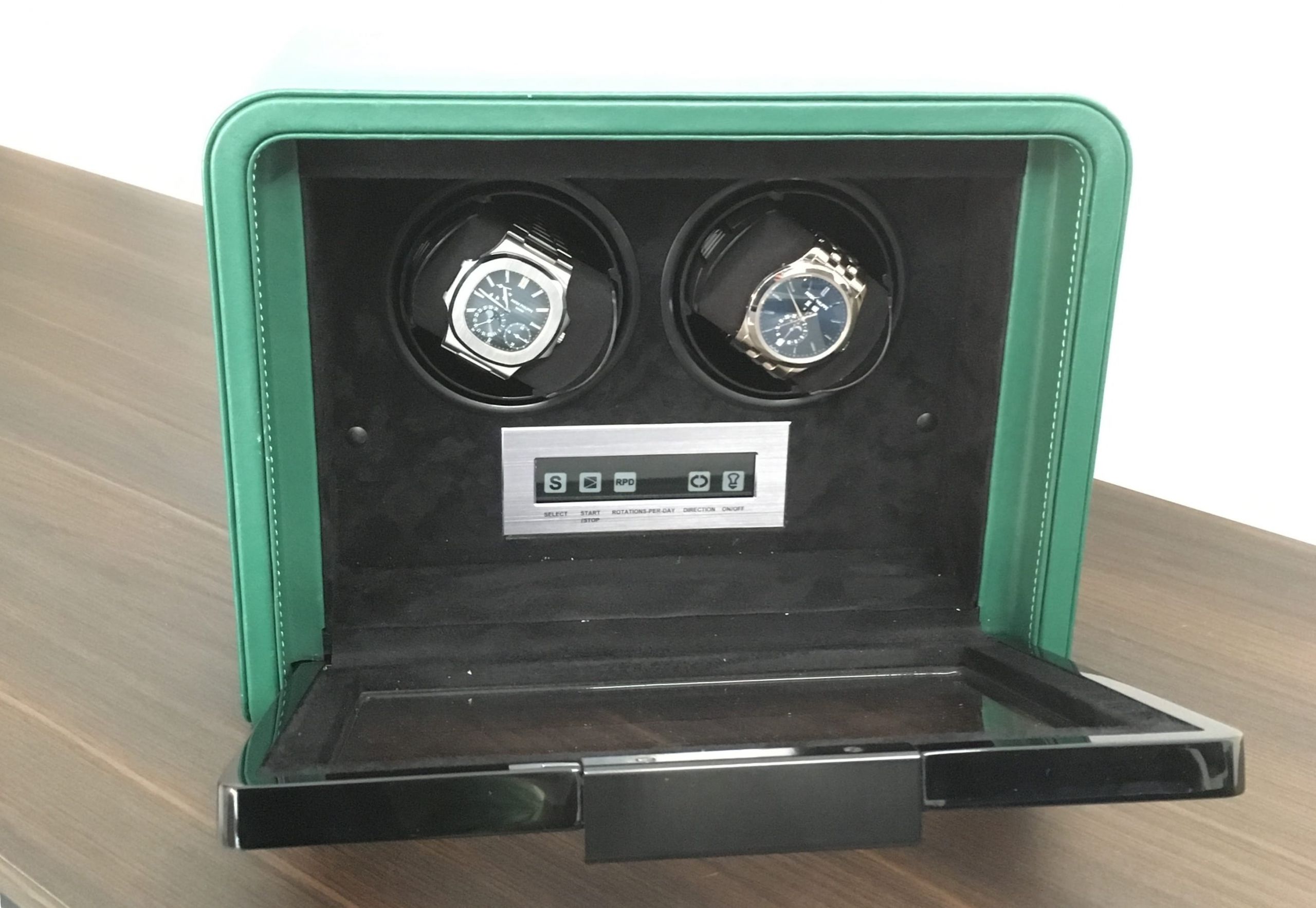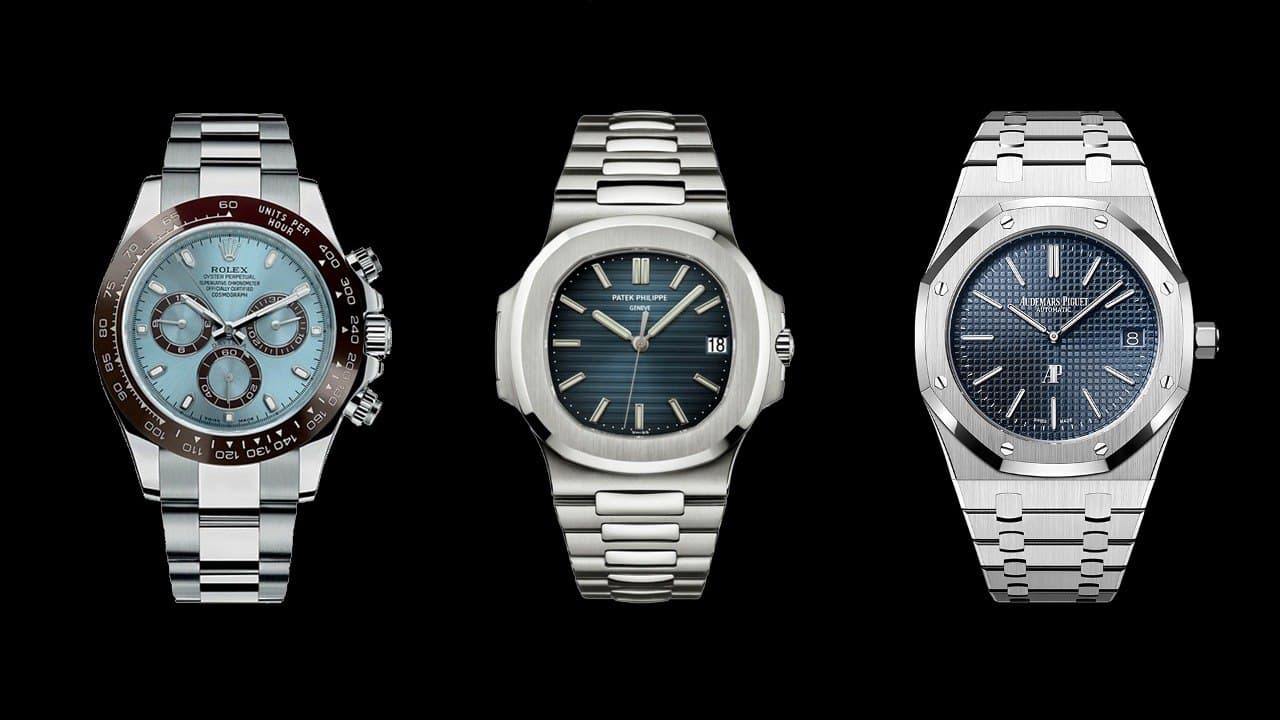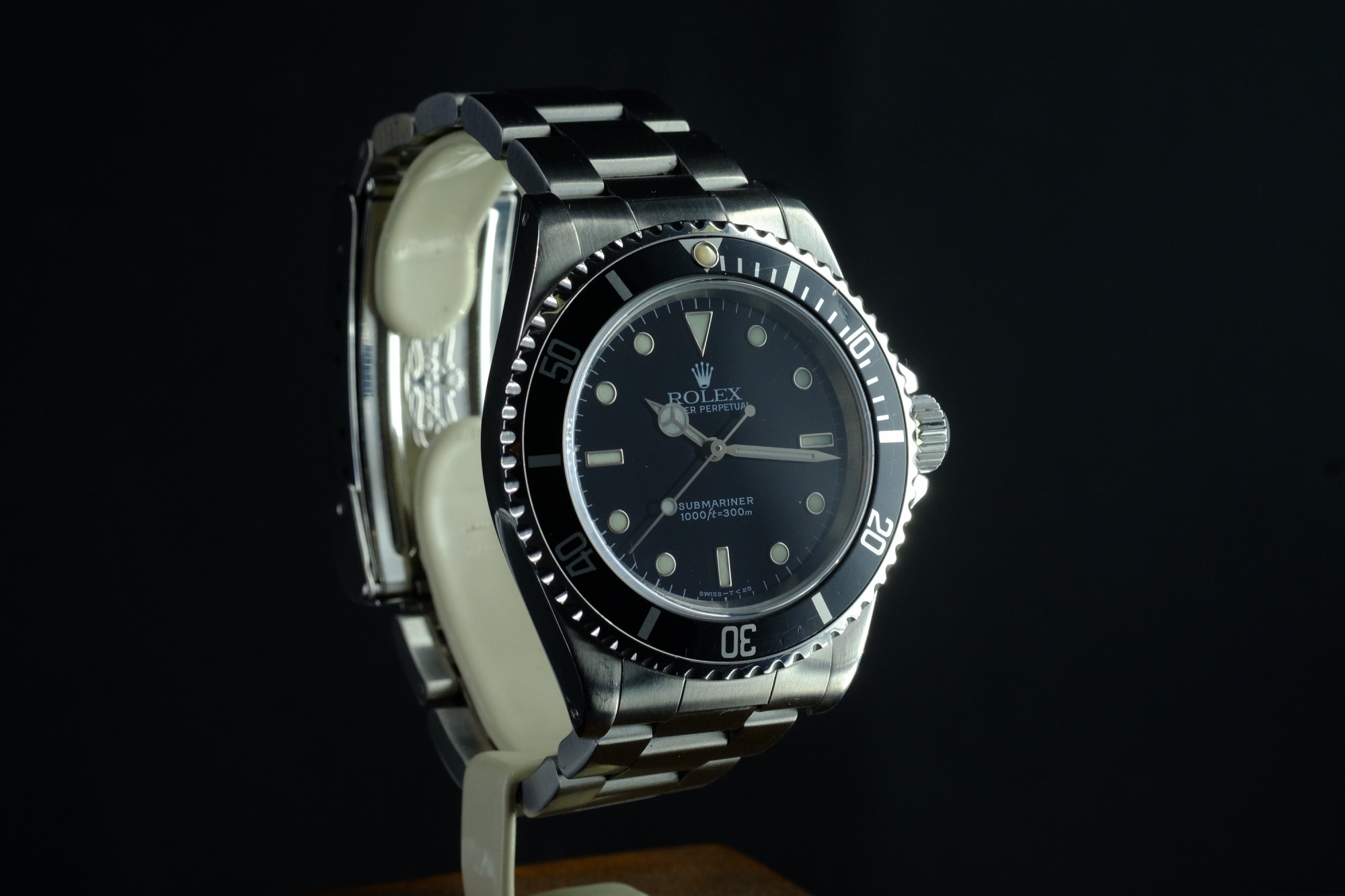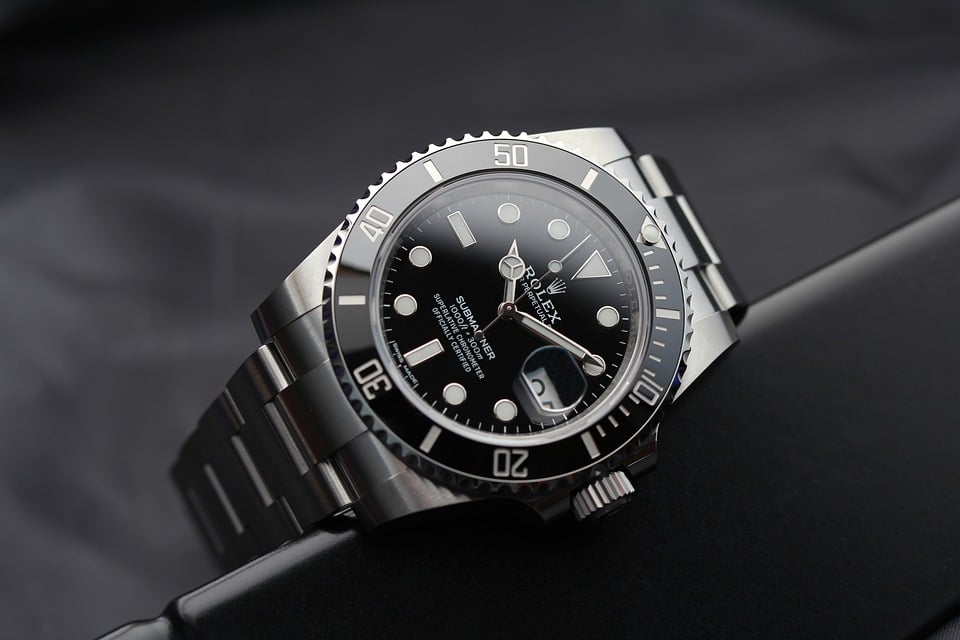Dr. N.
You have understood the reason why a mechanical watch is superior to a quartz one. You have chosen to purchase a diving watch because you believe that the sturdiness of a steel case and water resistance are useful features in everyday life, even if the wettest place your Seiko Prospex will see is the shower at home.
Now, you have all returned home happy with your purchase, you put it on your wrist, adjusted the bracelet and, after a week or two, you noticed that the endings make noise, they jingle, with a noise that sounds like a rattle to your ears, even if no one else in the office or family has noticed.
Is your relationship with the new toy – let's be serious, the difference between men and children is only the cost of the toys – irremediably ruined? Will you never be able to wear it again? Absolutely not. There are many ways to overcome the rattling problem and, before you give up and change it – no, doing without the watch or worse yet accepting the smartwatch are not morally acceptable options -, it's time to try put the bracelet back in place.
So here is a step by step guide for fix the bracelet of your cheap diving watch. Or rather, to align the user experience with your expectations: because in reality, even a tinkling bracelet isn't that big of a drama...
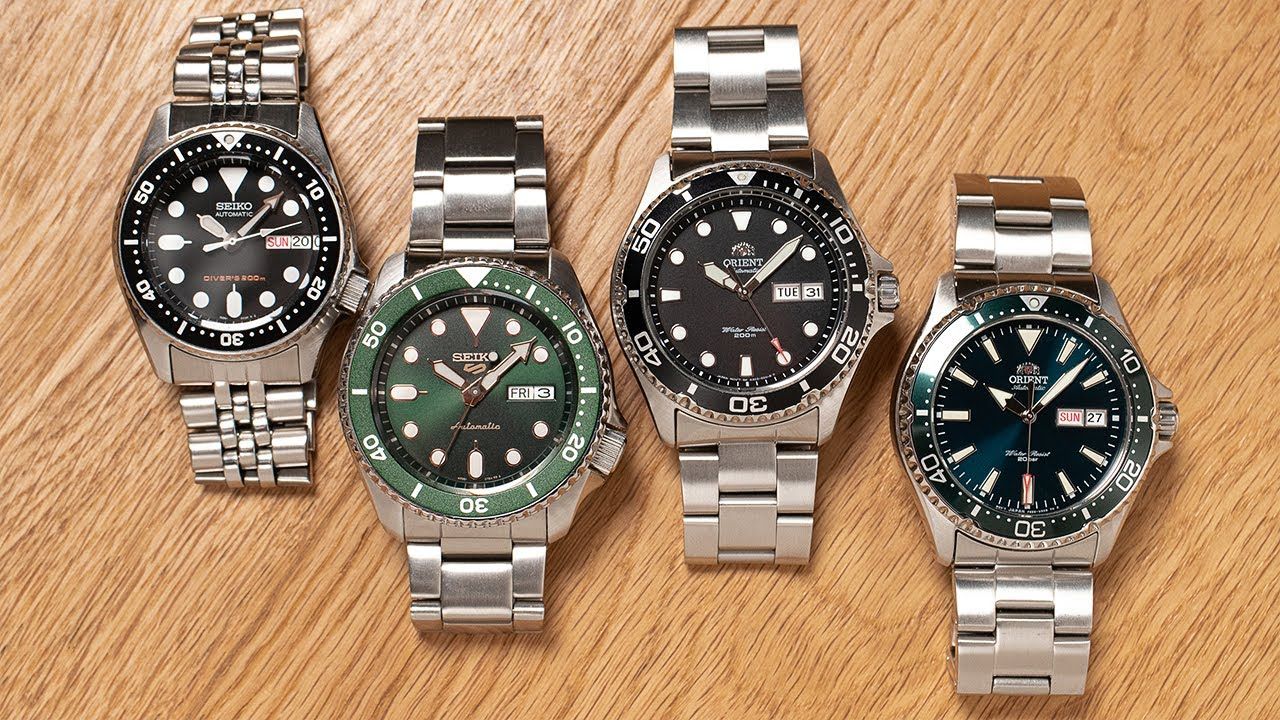
Some diver's watches from Seiko and Orient, two of the most affordable brands among mechanical diver manufacturers
Step one: figure out what you want
Let's start with the basic assumptions: Citizen, Seiko, Orient and other successful producers they got us used to it too well. Modern production methods make it possible to have robust, reliable self-winding diving watches that remain waterproof over time and guarantee decent precision, at very low costs. An automatic Orient watch, underwater at twenty atmospheres, can easily be found for less than two hundred euros, in some cases even for less than one hundred and fifty. The selling price of an aftermarket bracelet with full ends for these models is seventy euros. It is clear that in the diving watches, bracelet represents one of the major cost factors.
A manufacturer of cheap diving watches needs to balance several conflicting needs, to satisfy the adventurous fantasies of today's office workers, who are increasingly similar to the Stillerian character Walter Mitty in their demands for horological robustness that they will never actually exploit. A diver must be robust to resist impacts, well designed and manufactured so as not to disfigure in the office, guarantee waterproofness, have a rotor that charges despite the user's sedentary lifestyle, all at competitive prices. It is therefore normal that, if you have to save on some aspect of the watch, you will have to cut back on the bracelet.
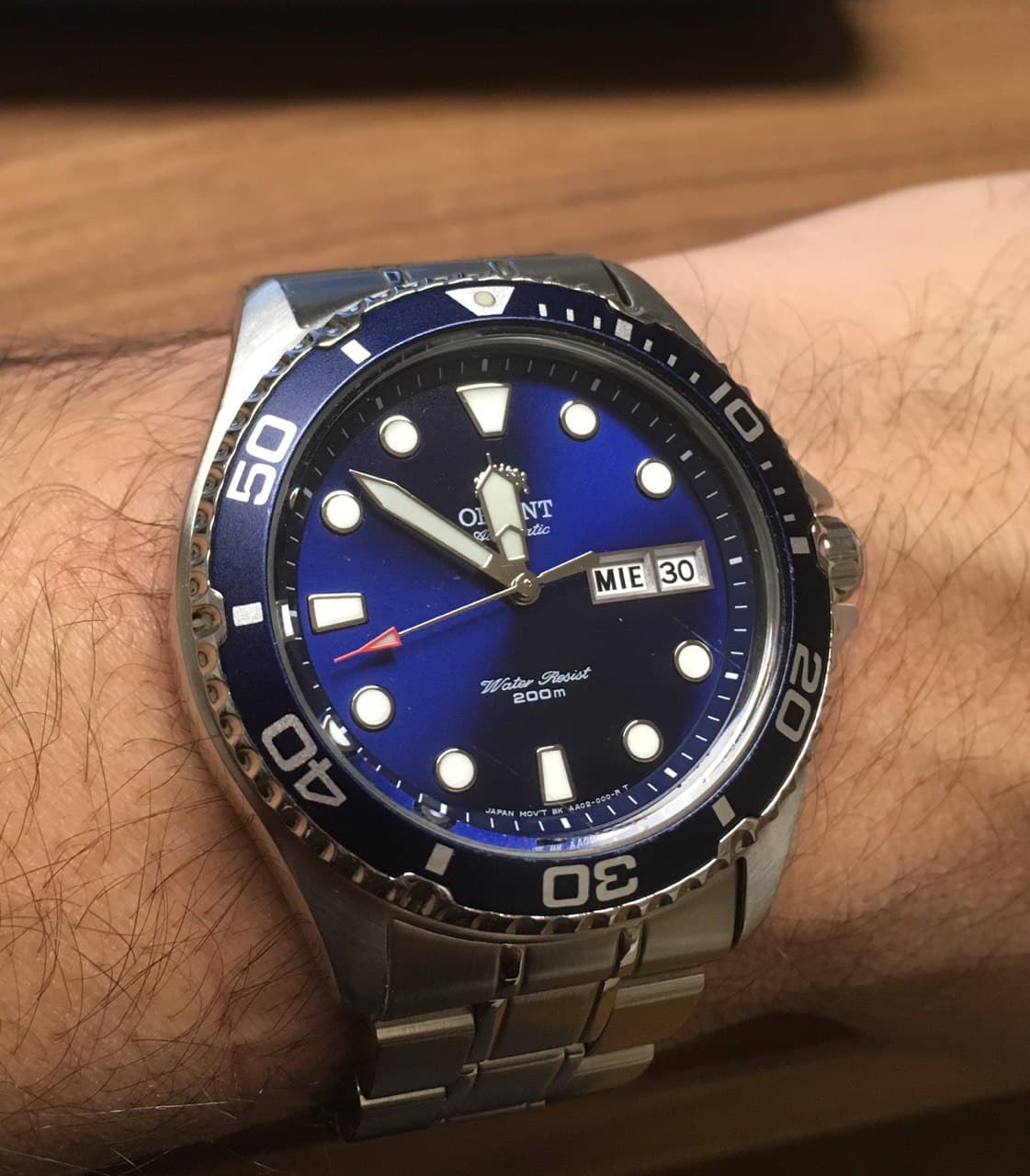
To be able to sell something similar for less than two hundred euros, some savings on the bracelet are inevitable
The problem, in reality, is not the watches or who makes them. They are the buyers who, accustomed to the progress of information technology, think they can demand an endless series of technical improvements from the producers of physical goods. Forgetting that it is one thing to create more powerful software by running it on increasingly more powerful processors, it is another thing to build a metal object with technologies that more or less remain constant over time.
Furthermore, it is worth mentioning that the reason why there is continuous progress in the field of consumer electronics is that there are huge investments aimed at producing increasingly better performing processors, investments directly coming from the only sector that cannot know crisis as necessary for maintaining the global balance of power: the military sector. During the years of the Second World War, progress occurred in metallurgy and logistics: welding replaced rivets, forklifts with pallets replaced bags loaded by hand. In the years we are living in, drones and so-called artificial intelligence are technologies of maximum military interest, therefore the investments of the two major powers, China through direct state participation in industrial-technological complexes, the United States through billion-dollar investments by DARPA, the Pentagon Advanced Projects Agency. Nowadays, metallurgical technologies are not a military priority, therefore the State does not invest in them, and since the probability of having a return on spending is too low, the private sector does not risk capital - as in fact it has never done: all the innovations of last hundred years they were born from the military sector -. This is why we don't have watches that are stratospherically better than those of thirty years ago, but rather a series of small, continuous improvements and updates.
Step two: understand what the market offers
Nowadays, more and more proposals crowd the diving watch market, while the alternatives relating to bracelets and straps are all in all limited. We can therefore make a general outline of the options available for keeping the watch attached to your wrist.
- Choice number one: the bracelet. If you are able to overcome the first world whims and accept some jingle, the bracelet supplied as standard with watches of any brand is already adequate. There are then some precautions to follow: a large space between the lugs subjects the lugs and ends to greater stress, due to the greater leverage that is exerted on them, deforming them. Hollow endings are more prone to rattling than solid endings. Large, heavy cases put more stress on the bracelet. Bracelets completely made of pressed sheet metal, like Vostok ones, tear hairs.
- Choice number two: the rubber strap. It is the most suitable choice if you use the watch a lot in water and do not want to come to terms with the natural limits of a cheap bracelet. We recommend focusing on quality: a well-made strap, made of good material, perhaps shaped to fit the case of your watch, doesn't cost too much.
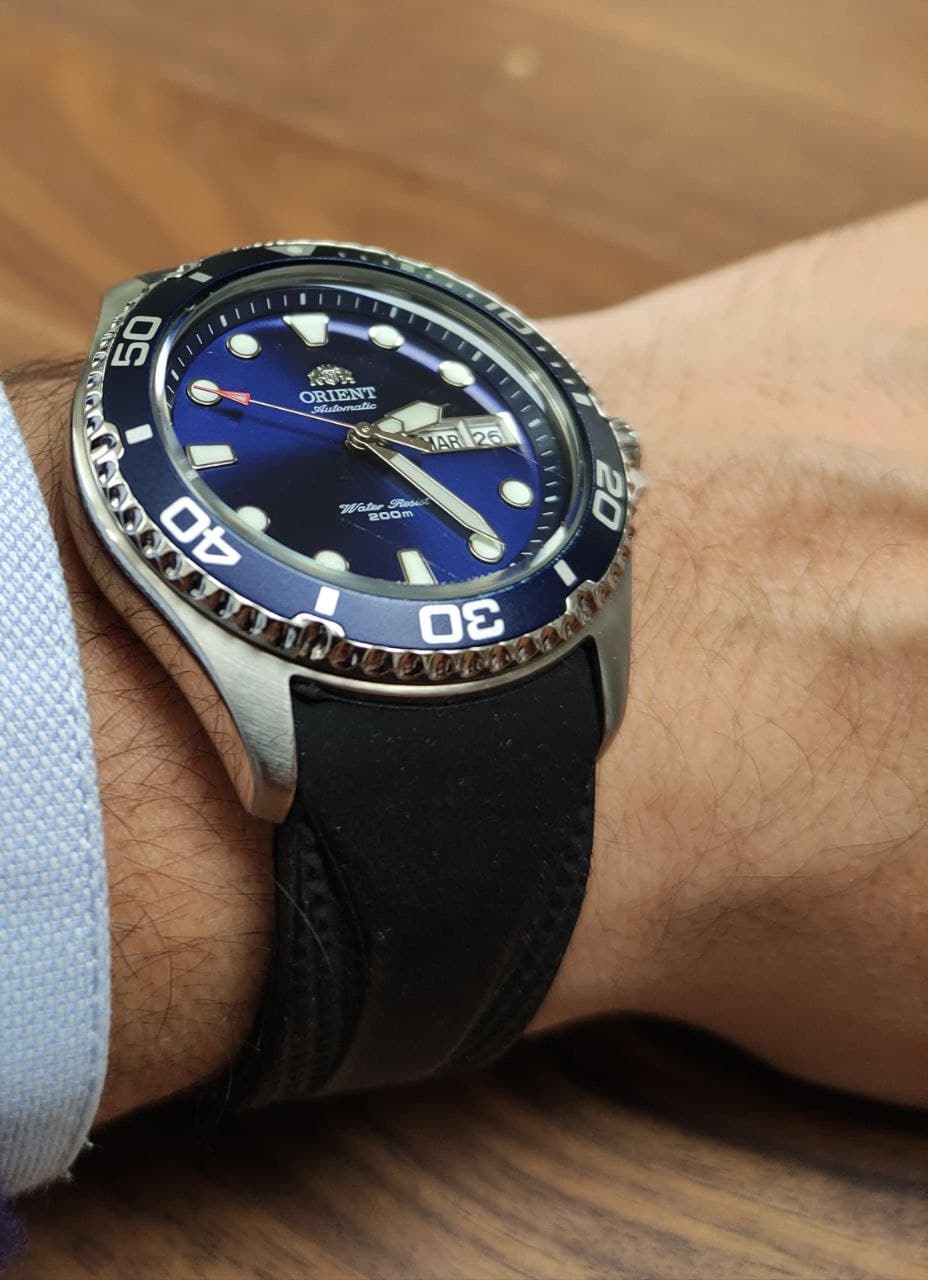
The Orient Ray II seen in the photo above, but equipped with a rubber strap
- Choice number three: the fabric strap. It would be in second or even first place, were it not for the fact that we are talking about diving watches, i.e. timepieces made to get wet. The fabric strap is not damaged by getting wet, if it is of decent quality, but remaining with a damp strap around the wrist after a shower is unpleasant for today's softened youth, especially in winter. If you are willing to endure the terrible torture, or to take off the watch before the shower – we assure you that it will remain underwater even if you don't bathe it every day, it won't get used to – it's an excellent choice. If NATO, it is also very easy to change it without dismantling the lugs: this is the reason why NATO and ZULU are very successful today.
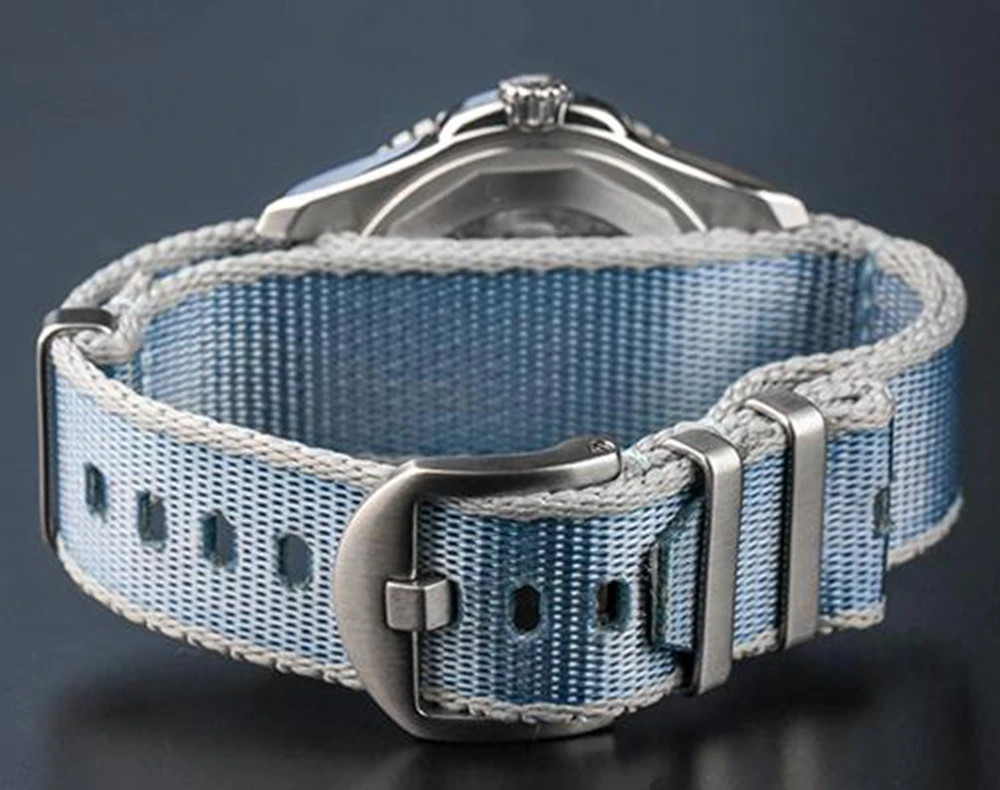
A two-tone NATO strap
- Choice number four: the leather strap. What does this have to do with a dive watch? Nothing. But in the context of the office where you will carry it most of the time – don't pretend nothing happened, we know it's like this -, a suede NATO goes very well with the blue dial of your trendy diver.
I get it, there are bracelets, NATOs and rubber straps. And my jingle?
In the next article, we will see how to solve the problem – more than anything else of perception – of the jingle. We will then summarize the alternatives available for users whose sensitive nerves are excessively tested by the noises of a cheap bracelet.
Have we deceived you by promising you a solution, in a single article, to a problem that in reality cannot be eliminated and mostly exists only in the minds of those who worry too much about their watch? Yes, and to put it in the words of XXXXX (it's up to you to find out who we are referring to!), "Look, if one day you have editorial responsibilities in Chronosect, you will write the articles and take decisions on the editorial line yourself".


